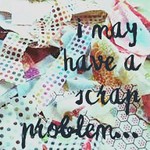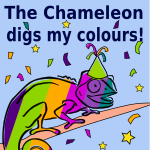The Chinaberry Tree by Jessie Redmon Fauset
My rating: 4 of 5 stars
A novel from the Harlem Renaissance about middle class Black society in a time when mainstream novels showed mostly uneducated, working class Blacks. An intriguing social dilemma of small town dynamics and earlier racial stigmas. Laurentine is excluded from the local society for two reasons: she is biracial and her mother, Sal, was unwed. Her mother had too much at stake in the town to leave for a clean new start, so Laurentine suffers the consequences. The stigma doesn’t seem to affect the young cousin, Melissa, who comes to live with Laurentine and Sal, at least not at first.
If I had it to do over, I would have read the introduction after reading the novel, but read it I would. In order to explain, it must cite text, and thus produces spoilers. Most of the characters’ decisions were believable, the least being Laurentine’s extended forbidding of Melissa to entertain Malory at home. Of course that decision was necessary to the novel’s action, so it had to exist, believable or not. The pacing of the action kept it moving as relationships and characters developed, slowly at first then more quickly. Switching characters’ stories allowed for prolonging suspense at times as well as filling in details. Toward the end it became a page turner.
I’m not sure what to make of Asshur. For the most part he is admirable as he presents an attitude in contrast to that of the townspeople. I have mixed feelings about his role in the ending and a few other details about the ending. (Won’t say more to avoid spoiler effect.)
A novel worth reading.
View all my reviews




























